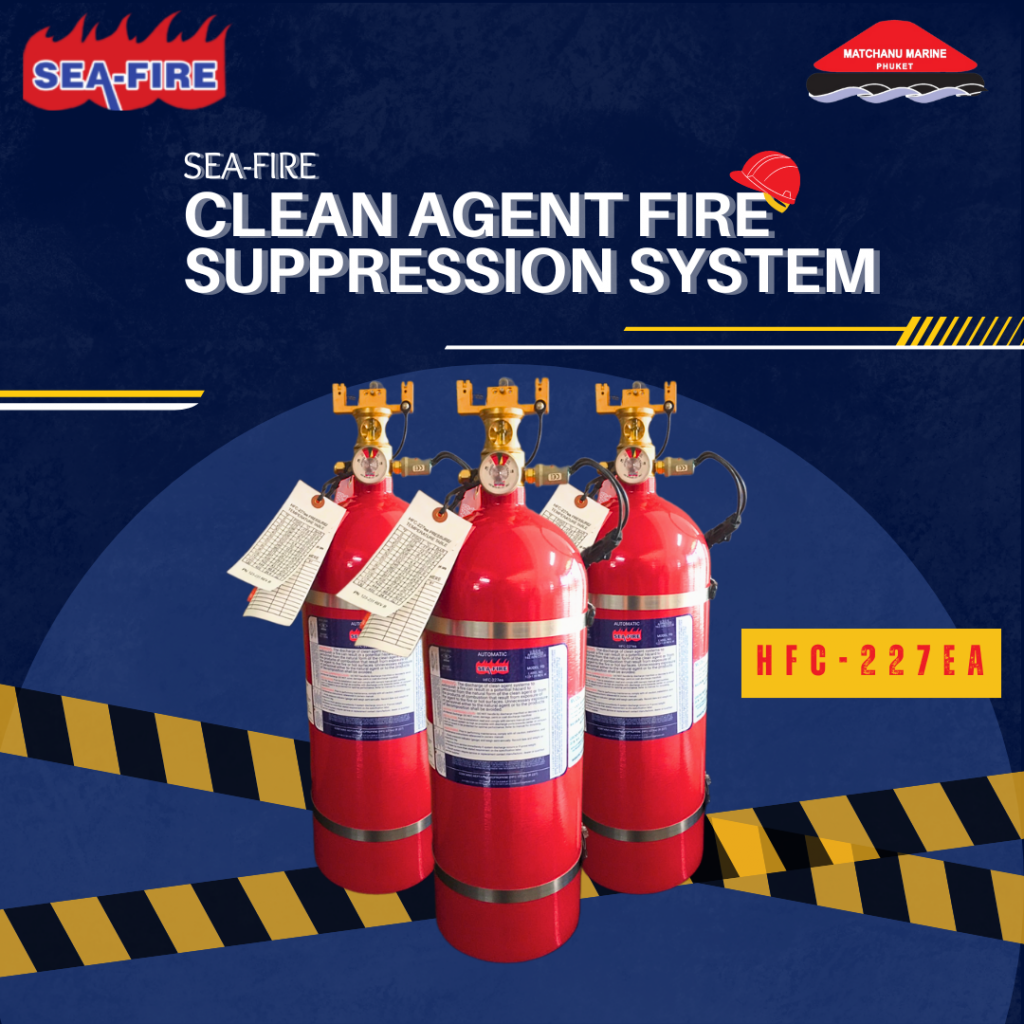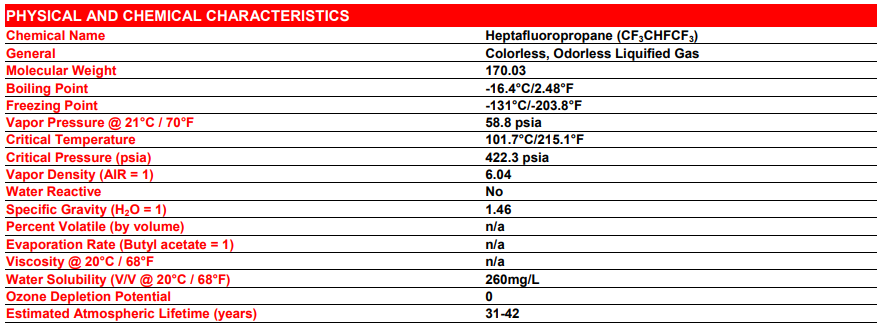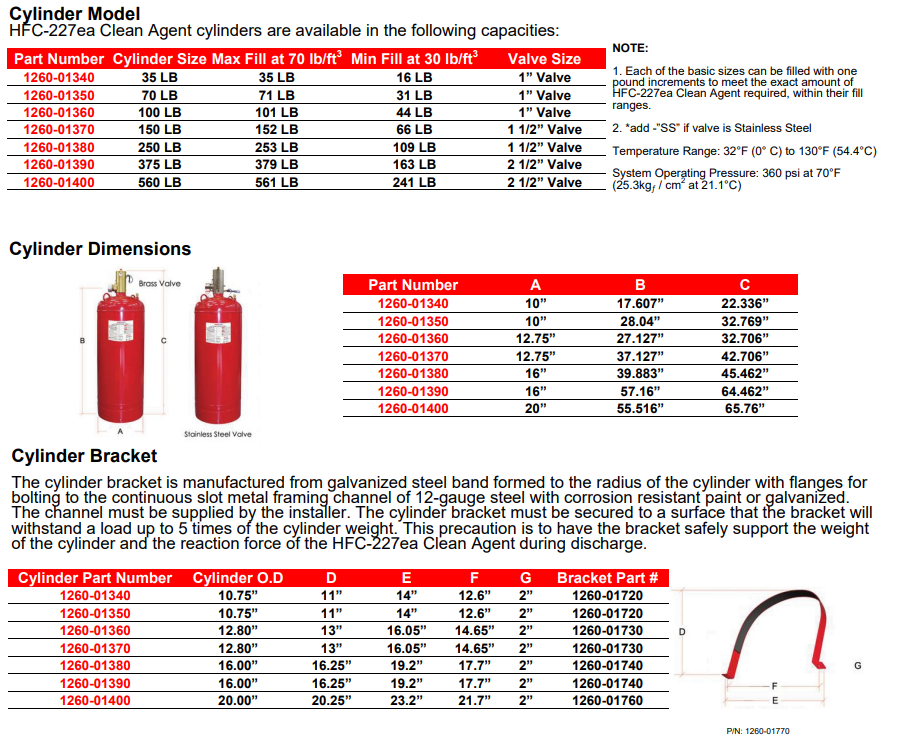
STANDARD FEATURES
- UL Listed, FM Approved Clean Agent Fire Suppression product.
- Colorless
- Odorless
- Safe for people
- Electronically nonconductive
- Non corrosive
- Free of residue
- Does not contain chlorine or bromine
- Complies fully with the standards of ASTM D6064 and NFPA 2001
PRODUCT DESCRIPTION
Hochiki’s HFC-227ea by Chemori, is a safe and effective fire extinguishing agent that is used for total flooding fire suppression systems.
HFC-227ea is stored as a liquid and dispensed into the hazard as a colorless, electrically non -conductive vapor that is clear and does not obscure physical vision. It leaves no residue and has acceptable toxicity for use in occupied spaces at design concentration.
Hochiki HFC-227ea is suitable for use on Class A, Class B, and Class C fires, does not displace oxygen, has zero ozone-depleting potential, and low global-warming potential with a short atmospheric lifetime. It contains no chlorine or bromine and fully complies with NFPA 2001 and ASTM D6064 standards. Cylinder sizes range from 20 lb. up to 1,200 lb., and each cylinder is pre-filled according to specific design flow calculations for the hazard. Common applications include computer and server rooms, libraries, telecommunications, medical facilities, vehicles, and much more.

Clean Agent Cylinders (360 Psi System)
The Clean Agent cylinders are manufactured, tested and stamped in accordance with DOT 4BW500 or DOT 4BA500. All cylinders are equipped with a back pressure type valve. A piston in the valve bore is equipped with a rubber seal that keeps the HFC-227ea Clean Agent under pressure within the cylinder. A small hole in the piston allows cylinder pressure to be equalized on both sides of the piston. Since the area at the top of the piston is greater than the area at the bottom of the piston, the net force seals the piston against the valve discharge outlet. When the cylinder pressure on the top of the piston is relieved by means of automatic or manual activation, there is only cylinder pressure acting against the piston seal, and the piston slides to it’s full open position, allowing cylinder discharge through the distribution piping network.
Attached to the bottom of the cylinder valve is a siphon tube, which is straight and runs from the top of the cylinder tothe bottom of the cylinder. The cylinder must be installed in an upright position (valve on top).
There is a 1/8” NPT outlet stamped “P” on the cylinder valve. This outlet transmits cylinder pressure to an optional low pressure supervisory switch, which when used, monitors the internal pressure of the cylinder. Another 1/8” NPT outlet stamped “M” on the cylinder valve is available for use as a pressure source to drive the piston actuators on a multiple cylinder system or to actuate a pressure operated switch in the event of the cylinder discharge.
